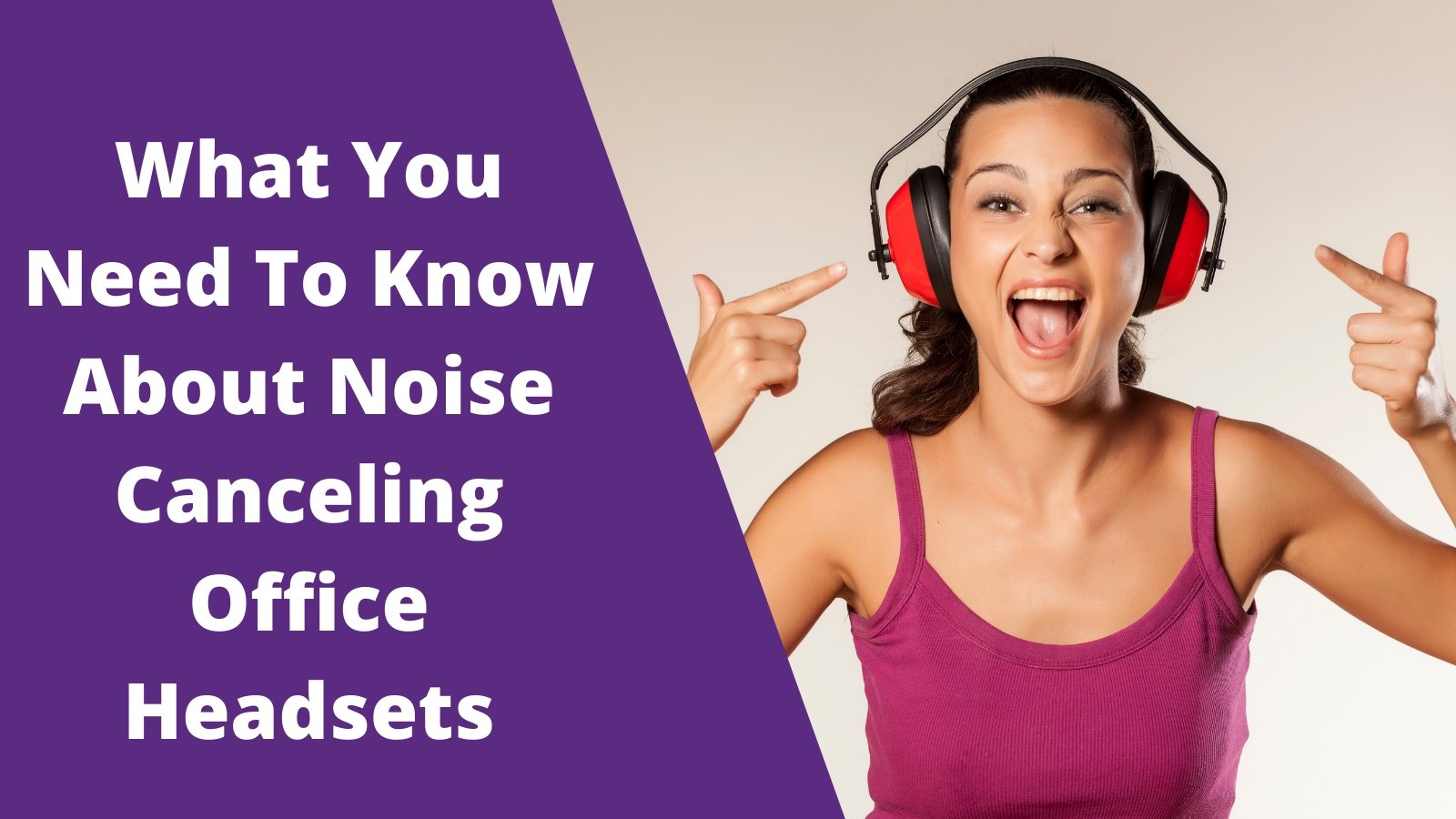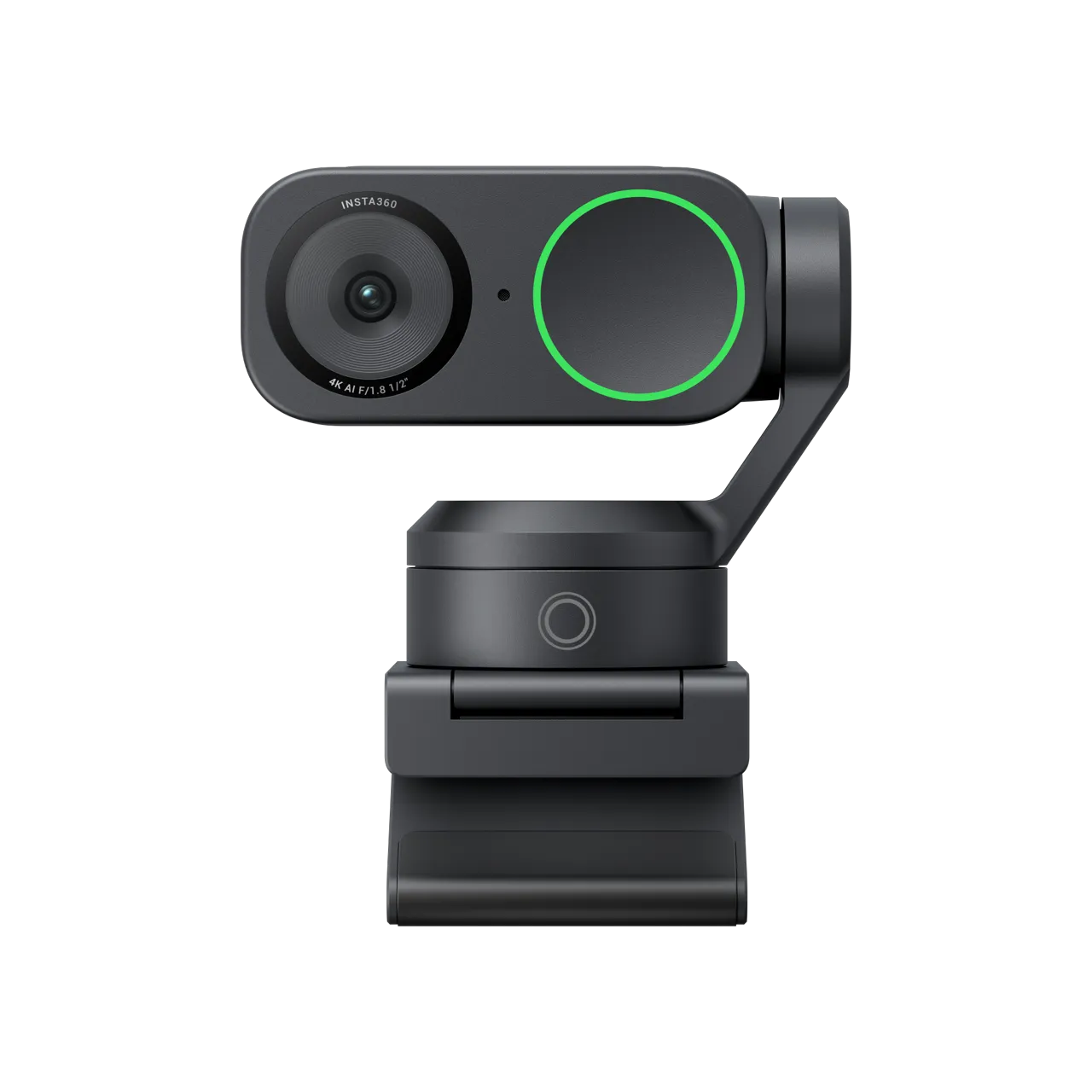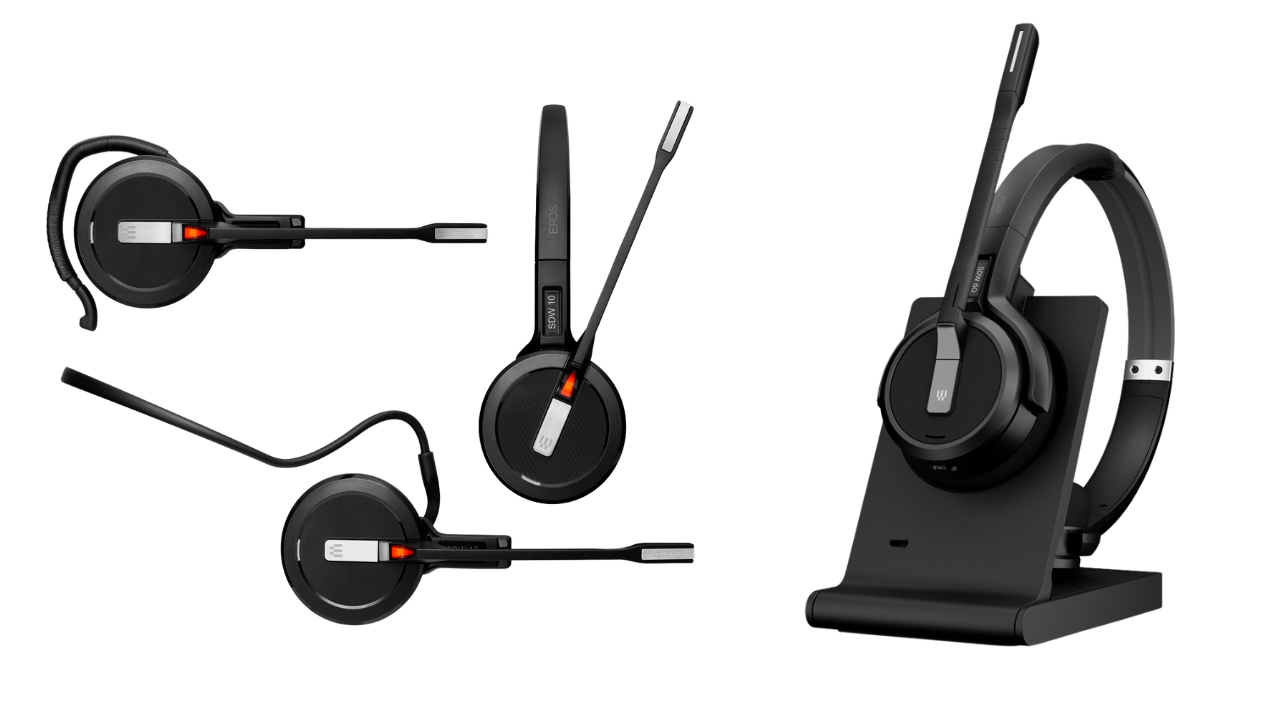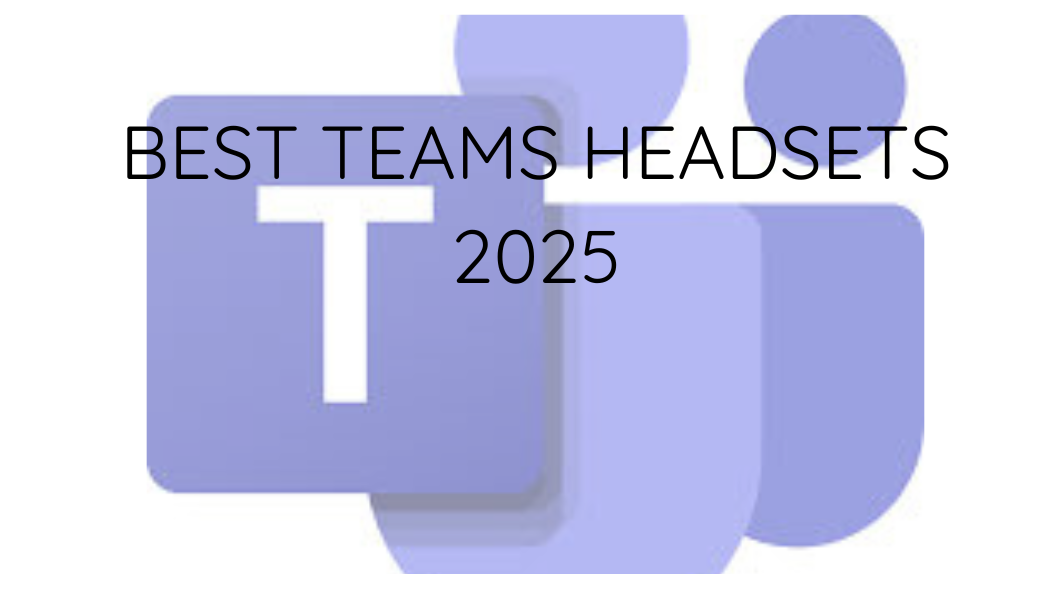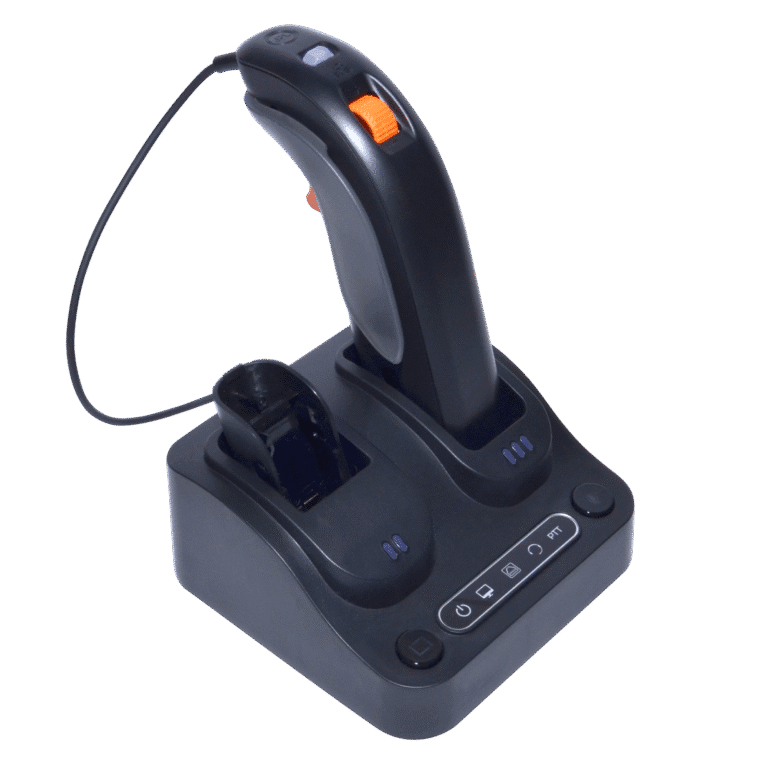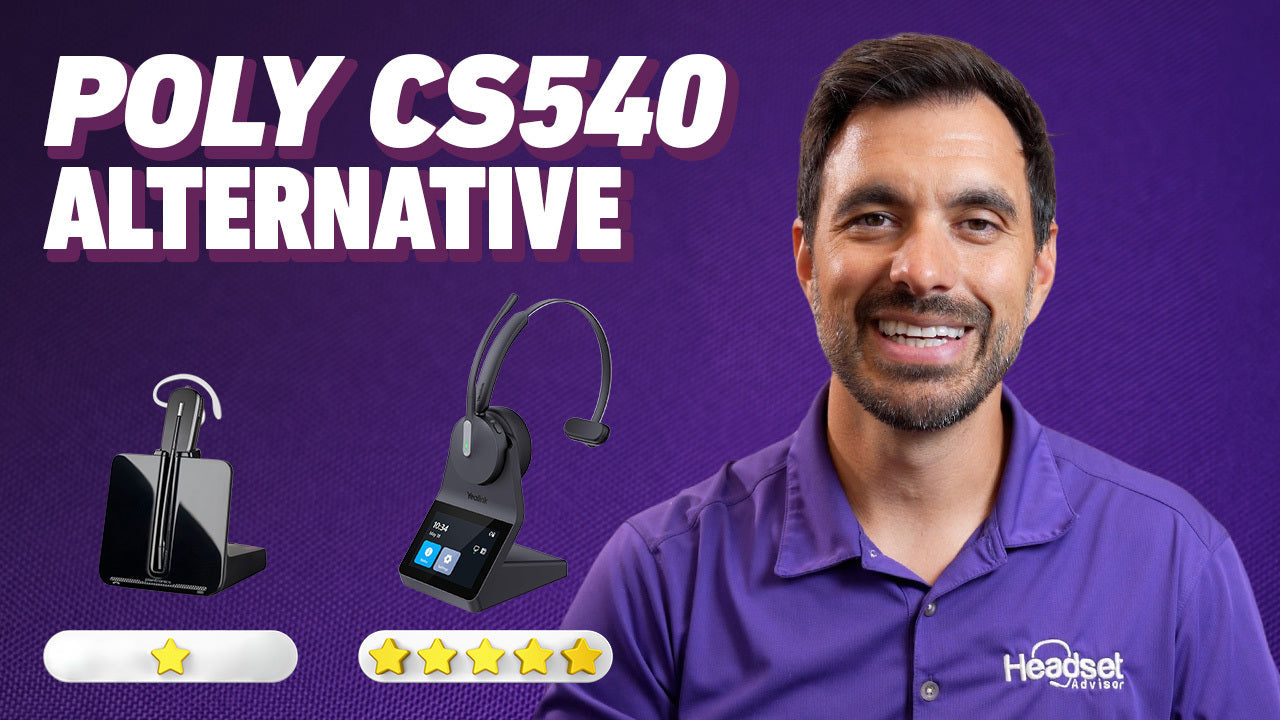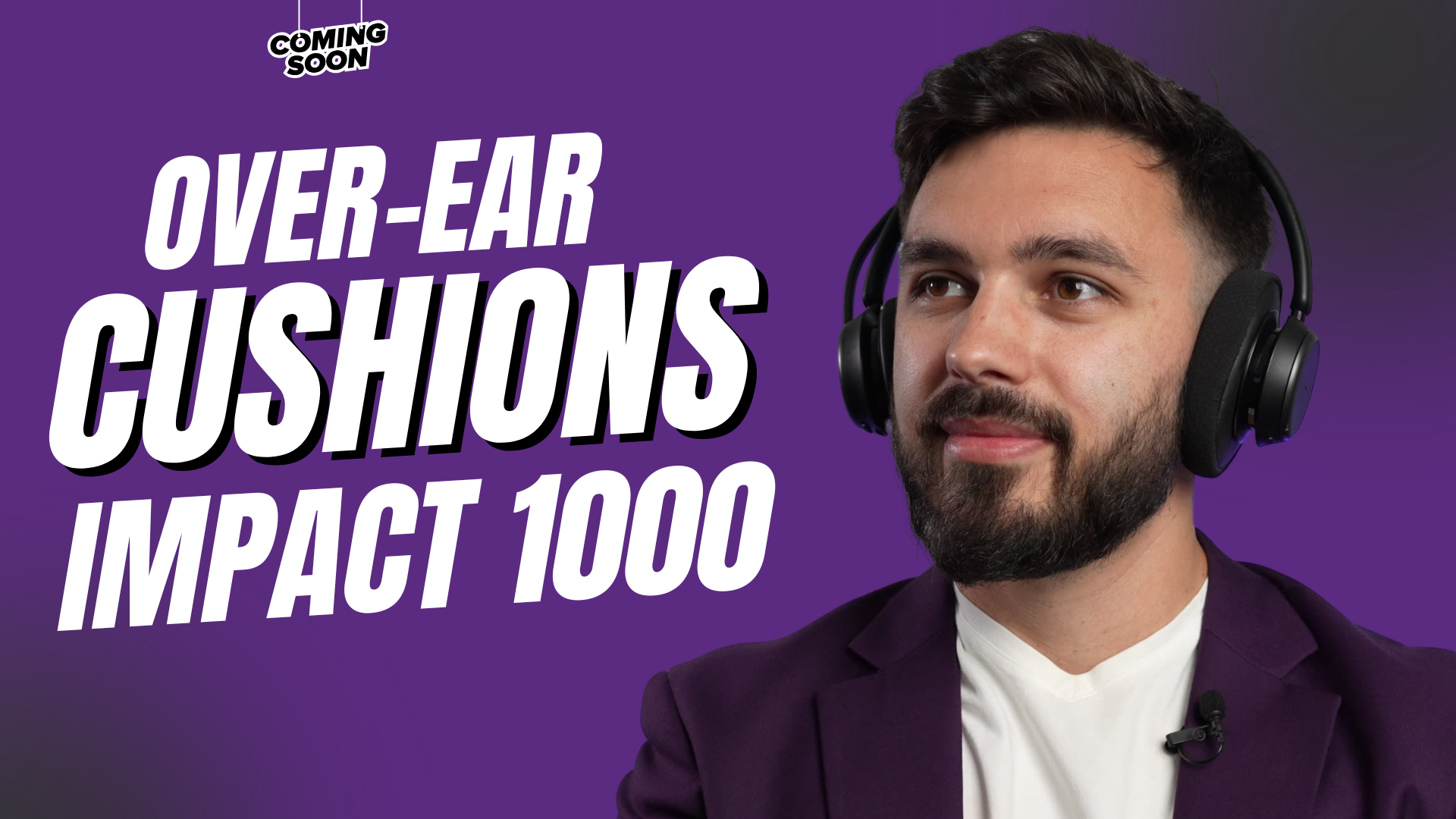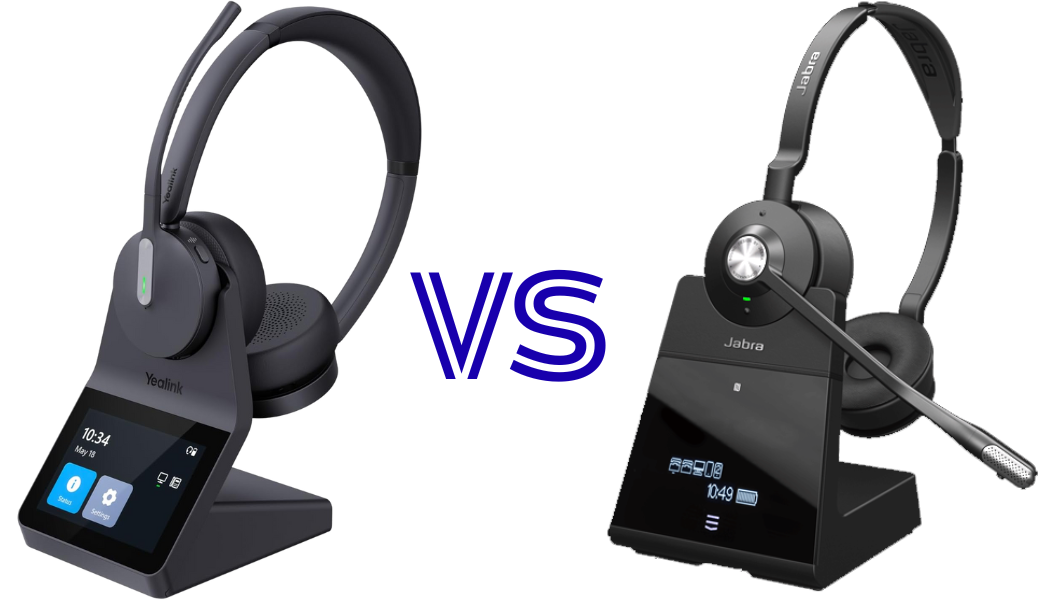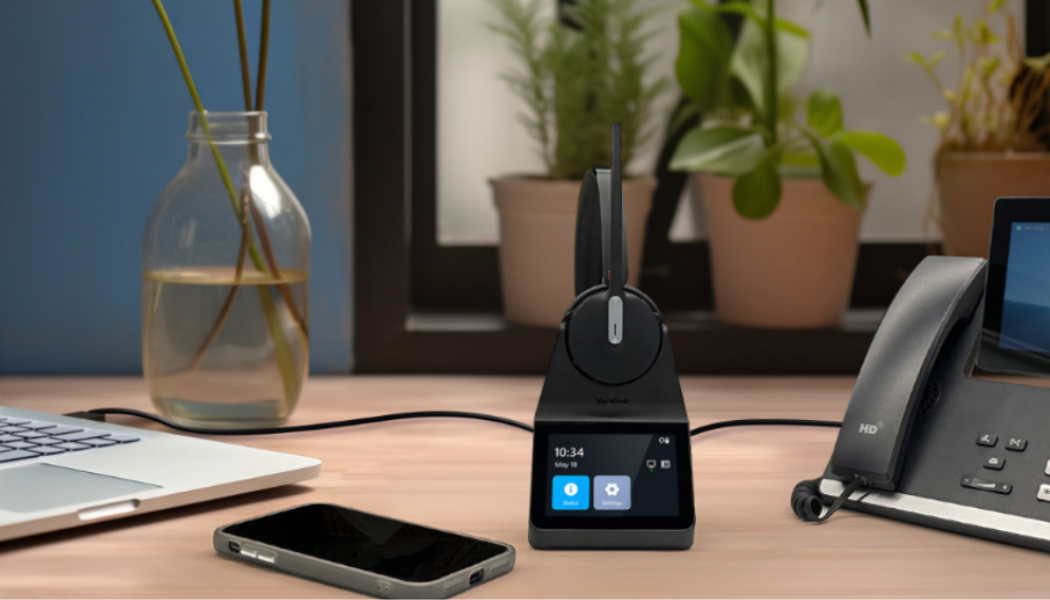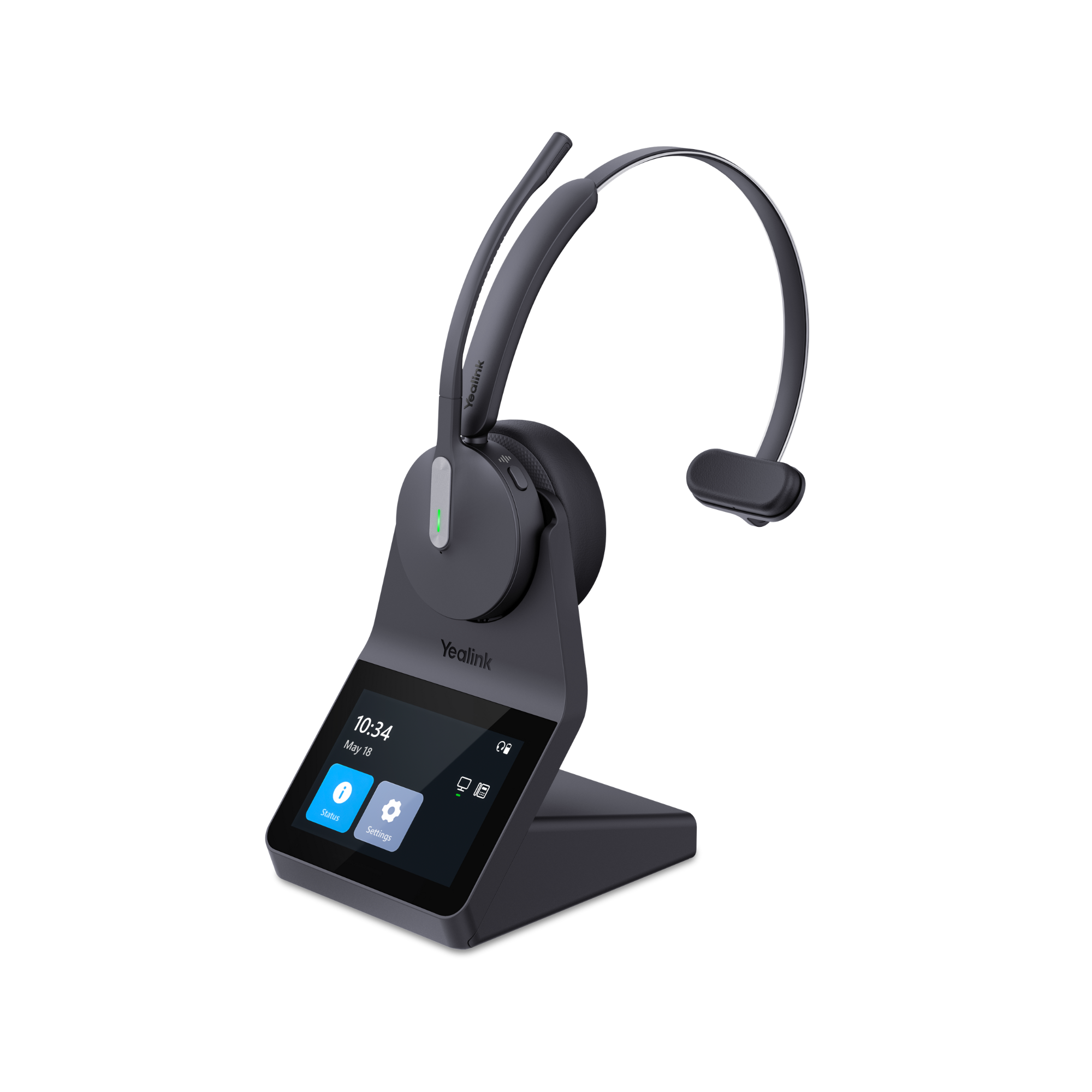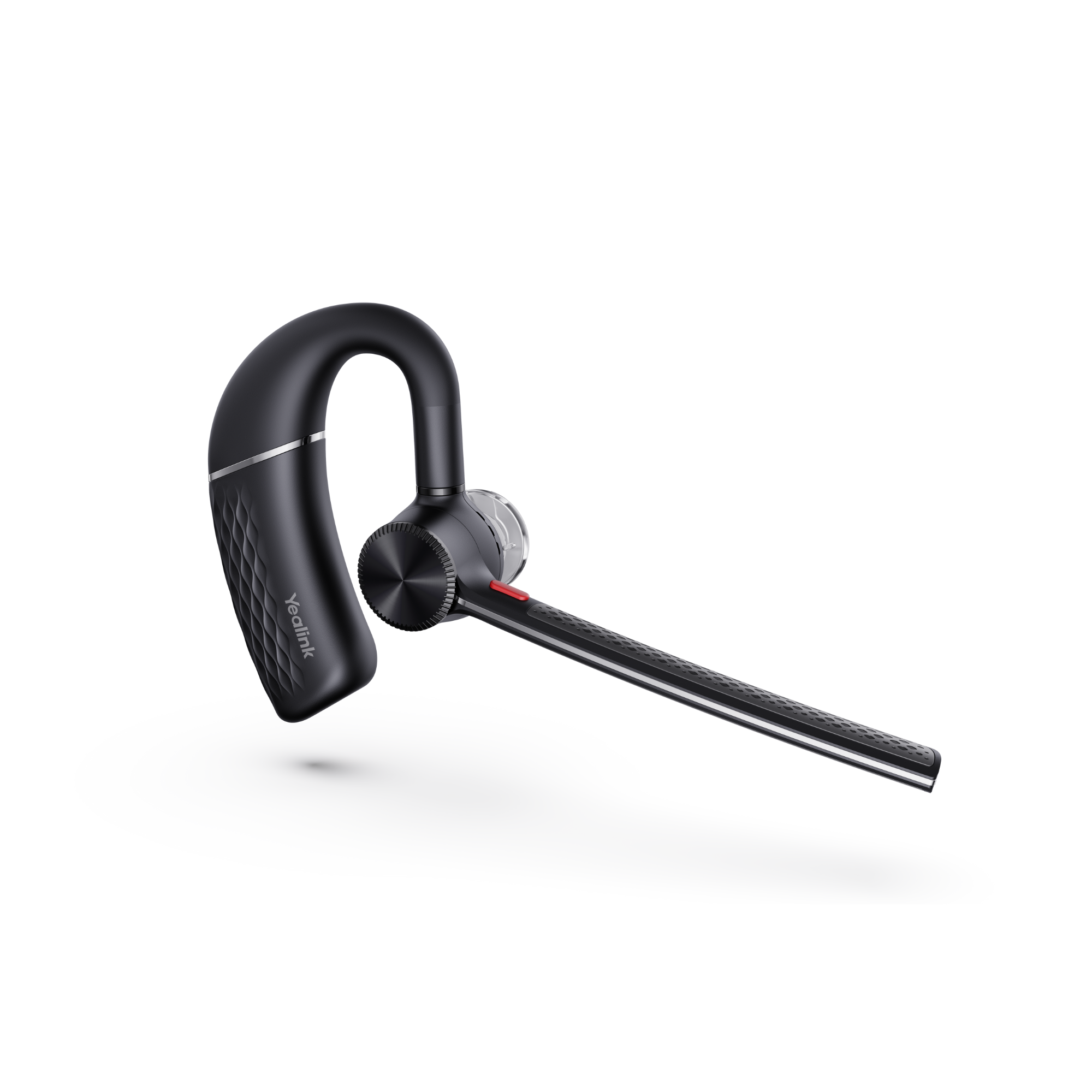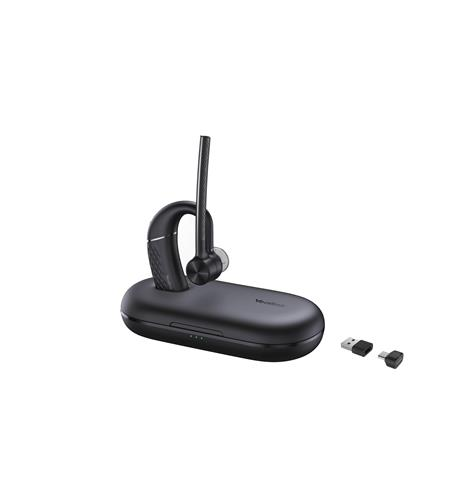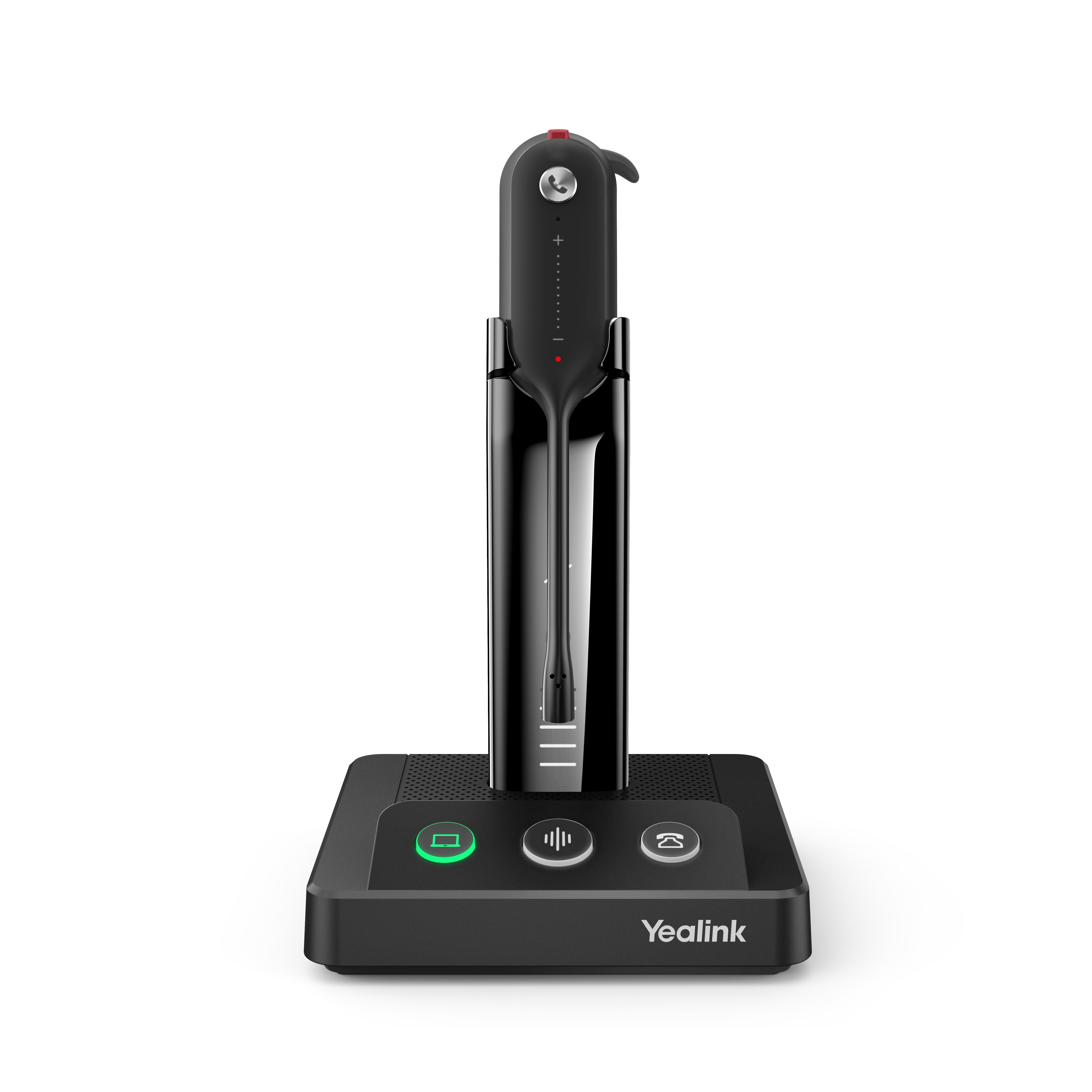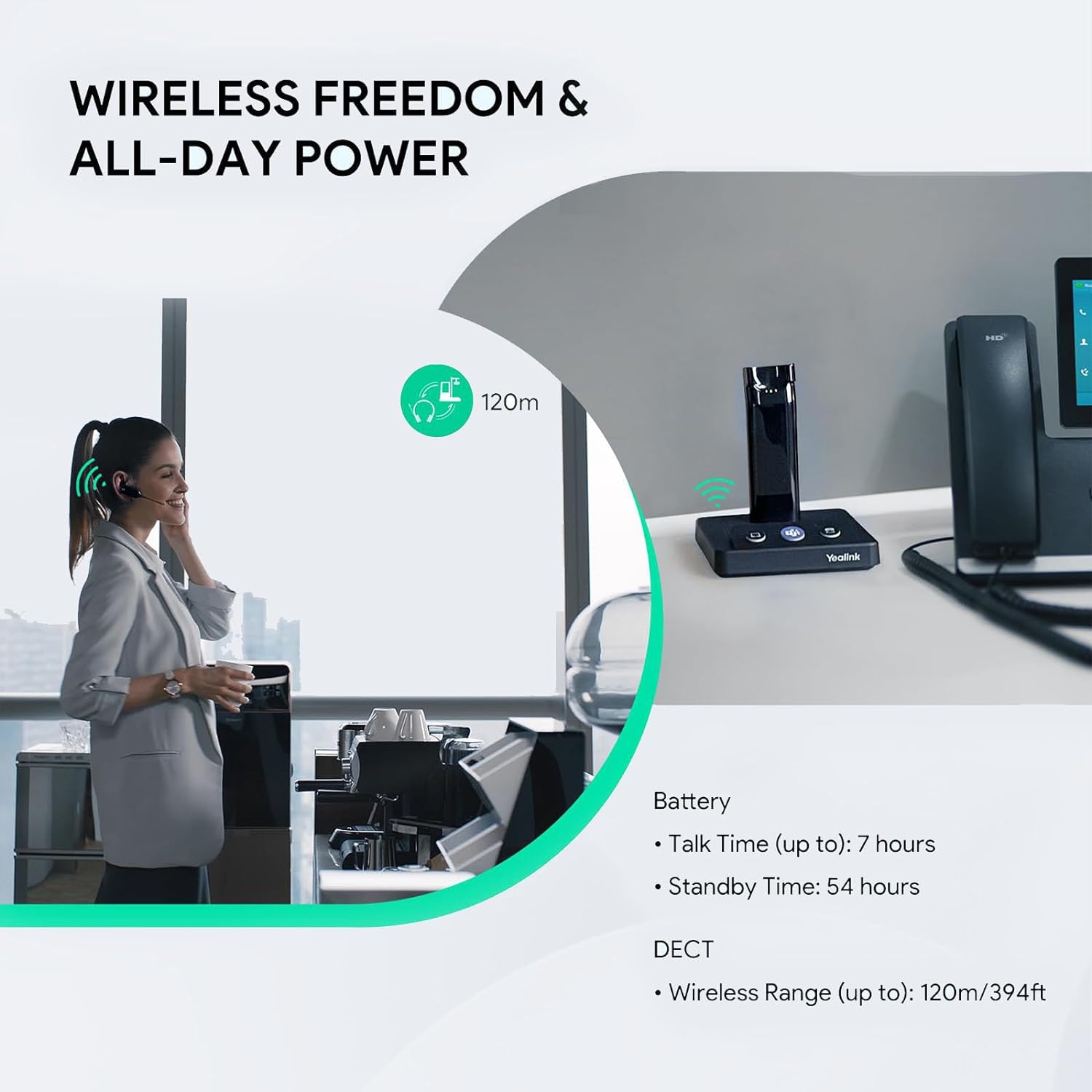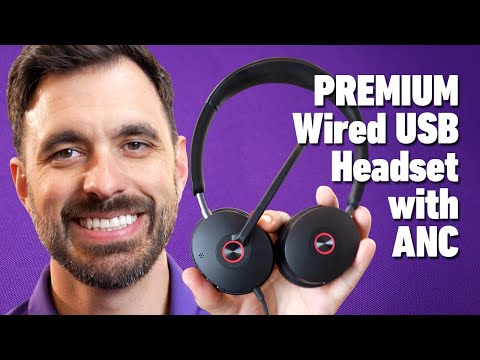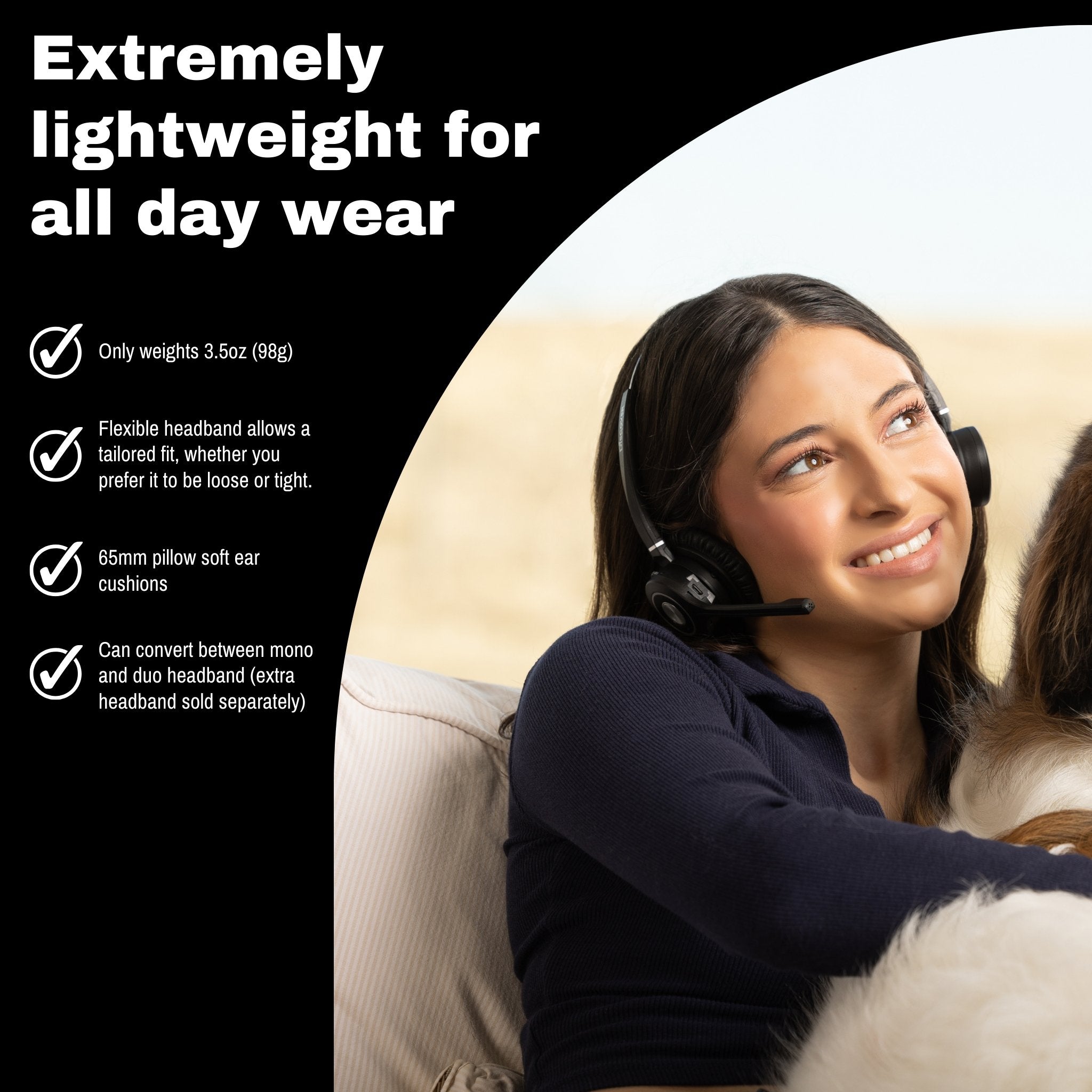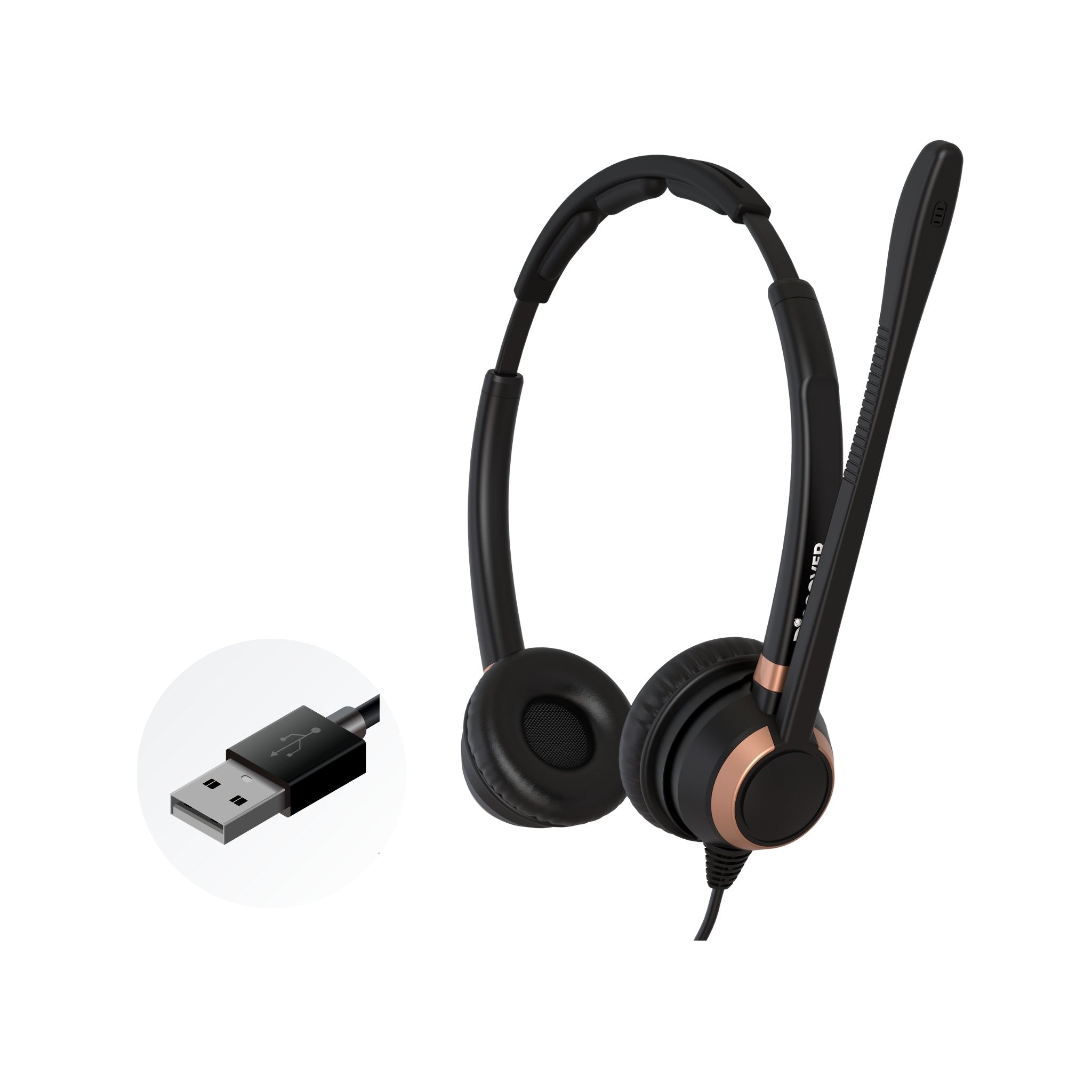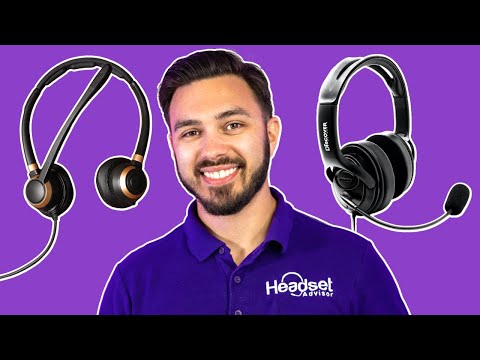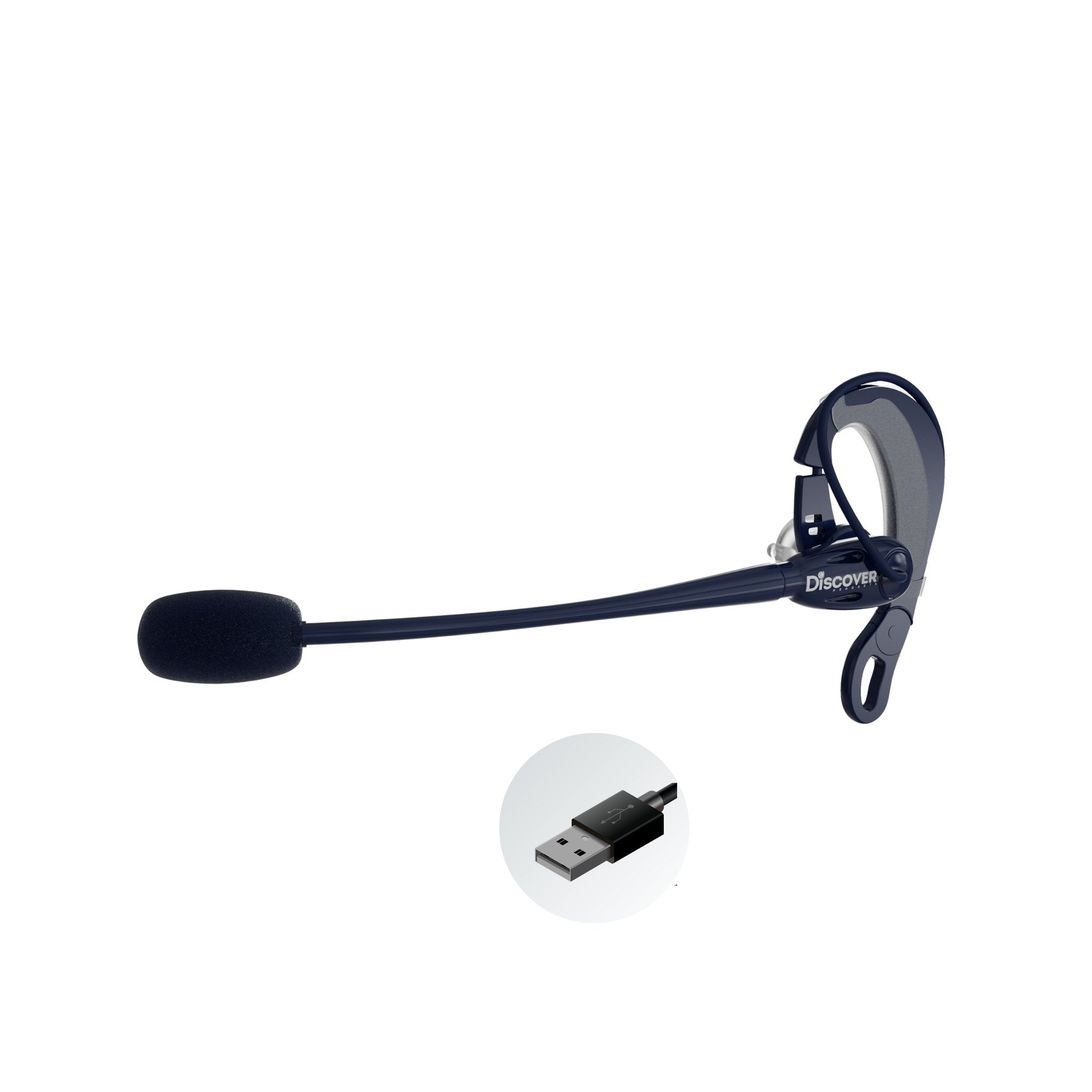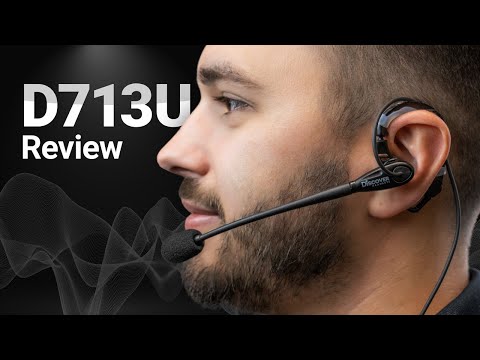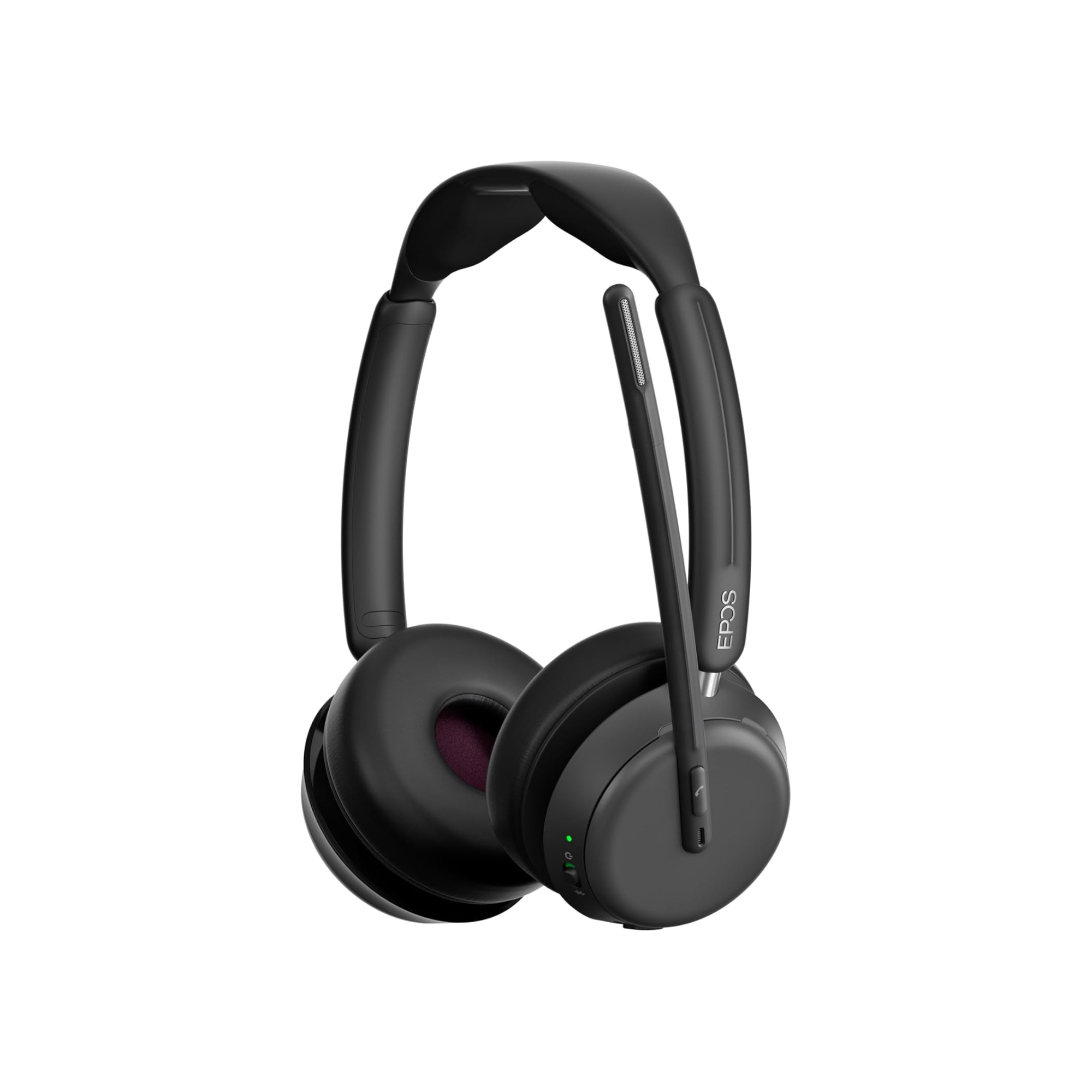Noise is a great thing in certain places.
For example, jungle noise is expected if you’re in the middle of the Amazon rainforest.
Whitewater noise is expected if you’re rafting down a class 6 river and of course face melting sound volume is expected at a heavy metal concert.
But, what about a lot of noise for those who work in an office or home office?
Uh, not so great, especially if the noise level is distracting and prevents you from concentrating on your work.
So, what can you do to help balance the scales between normal or acceptable noise, and distracting noise?
After all, you won’t rid yourself of all the noise, and you probably wouldn’t want to anyway.
This blog is intended to address two forms of office noise as it relates to noise cancelling office headsets.
- The noise within an office that you hear
- The noise within an office that your callers or customers hear
The office noise you hear
The source of noise in the office environment can come from a multitude of places. This could include some active nearby construction, the office air conditioning units, desktop fans, coworker conversations and the list goes on.
There’s been a significant amount of global research on the subject of noise in the office and its effects. Much of this research includes levels of noise considered to be acceptable and unacceptable in the workplace.
In an article by Steelcase, it states that 70 db’s is an acceptable level of noise for routine office work, and for those with a highly technical job, that number drops to 55 db’s.
As people in an office start talking, the noise level begins to rise, and an interesting thing happens. Everyone begins to talk louder so as to be heard over the rising level. A sort of upward sound spiral. This is referred to as the Lombard effect.
If you’d like to read the Steelcase article, it can be found here
Aside from taking periodic db checks in your office using a Sound Level Meter, here’s how you can monitor sound in your office or call center without all the hassle.
So how can deal with this distracting sound common to most office environments?
If you spend a lot of your day on the phone, you need to equip yourself with a headset capable of blocking out much of that unwanted office noise.
How can a noise cancelling office headset help?
- By providing you with passive noise cancellation
- By providing you with active noise cancellation
Three popular models to consider
D722U (wired for computer)
Bose 700 UC (wireless for computer and mobile phone)
D722 (wired for desk phone)
What's passive noise cancellation
Passive noise cancellation mainly speaks to the different types of ear cushions found on noise cancelling office headsets. Here’s what I mean by this.
Ear cushions can be produced using either foam or a leather type material, normally referred to as leatherette, a synthetic material that looks and feels like natural leather.
If you were to place a foam cushion under a microscope, you’d quickly see that it’s very porous. When used with ear cushions and on headsets, this translates to allowing most ambient noise to penetrate the cushion and ultimately, your ear.
By contrast, the leather type material is notably less porous. This results in allowing less sound to pass through it and ultimately reduces the amount of sound you hear from your environment thereby allowing you to hear less and concentrate more.
The next form of passive noise cancellation take the form of oversized ear cushions. That is, ear cushions that don’t go up against the ear, but encircle it. When you combine a completely covered ear with the leather type material, penetrating room noise is further reduced.
Active Noise Cancellation
Example of a headset with ANC (Bose 700 UC)
Some noise cancelling office headsets include a feature referred to as Active Noise Cancellation, or ANC for short.
This is a premium feature and not overly common on noise cancelling headsets. In short, this is a feature that electronically mitigates room noise at the press of a button.
When noise becomes distracting, simply press a button located on the side of the headset, and noise is immediately reduced.
Some headsets are better at this than others, but overall, it’s a great feature to have if noise is a concern in your work environment.
The office noise your callers hear

Shifting gears from the office noise you hear, to the office noise your callers or customers hear leads us into noise cancelling headsets with microphones.
The microphone is the gateway that transfers sound from your end to theirs. With this in mind, it’s very important to pay attention to the type of microphone your noise cancelling office headset has because all headset microphones are not created equal.
Here’s what I mean by that:
There are three types of microphones found on office headsets.
- Non-noise cancelling microphone
- Noise cancelling microphone
- Ultra noise cancelling microphone
Non-Noise cancelling microphone
As this implies, the microphone used on these headsets do NOT contain a microphone that reduces background noise. Whatever you hear in your work environment is what your customer or caller hears.
A non-noise cancelling microphone is fine for those who work in private offices that are known to be away from the noise and quiet. Here it doesn’t matter so much about a headset having a noise cancelling microphone or not. But if this headset was being used in an open office environment, it would matter a lot.
Two well known brands have headsets with non-noise cancelling microphones; Plantronics (now called Poly) and Jabra.
Within the Plantronics line, it’s easy to spot their non-noise cancelling microphones because they’re clear plastic with a silver colored tip on the end. When you see this, you’ll know that it’s a non-noise cancelling model.
Jabra too offers these microphones. These can be identified easily as well as they’re a firm, non-flexible, slender looking brushed steel boom arm with a black tip on the end. Knowing this can help you to spot the models that don’t remove background noise.
Noise cancelling microphone
This is the most common type of microphone found among the leading brands and models. After all, most people want the best sound quality possible, and having a noise cancelling office headset can go a long way towards great sound.
An office headset with a noise cancelling microphone will help to suppress unwanted office noise. Even though you can hear the sound around you, the background sound that the caller hears will be reduced. This is important from many perspectives. Among them include having a high quality sounding call and preservation of sensitive information that might be overheard from nearby coworker conversations.
Noise cancelling headsets are designed to target the voice in close proximity (you in foreground) and works to filter out the unwanted sounds in the background (coworkers and other distracting noise).
Ultra noise cancelling microphone
As the name suggests, this type of microphone takes noise cancelling office headsets to a higher level.
The short story is these microphones are designed to give you a higher degree of background noise suppression. No noise cancelling headset gives you 100% background noise cancellation, so it comes down to what degree it does eliminate noise. In our tests,overall, Ultra Noise Cancelling (UNC) microphones weren’t dramatically better when compared to a standard noise cancelling model. The main thing is to steer towards a NC headset and not away from it.
Generally speaking, if you’re in the market for headsets, do yourself a favor and make sure it’s a noise cancelling office headset. We’ve all received a call from someone who works in a Call Center where you can hear everything in the background. Not a high call quality experience. So don’t let this be you. Oh, and don’t forget to give thought to those ear cushions and that active noise cancellation feature (ANC). They can really help!
We hope that you found this content helpful and you’re staying safe.
If you’d like to check out some of the best noise cancelling headsets available today, you can view them here
Feel free to visit the Headset Advisor Youtube channel as well where we’re posting new headset videos daily.

